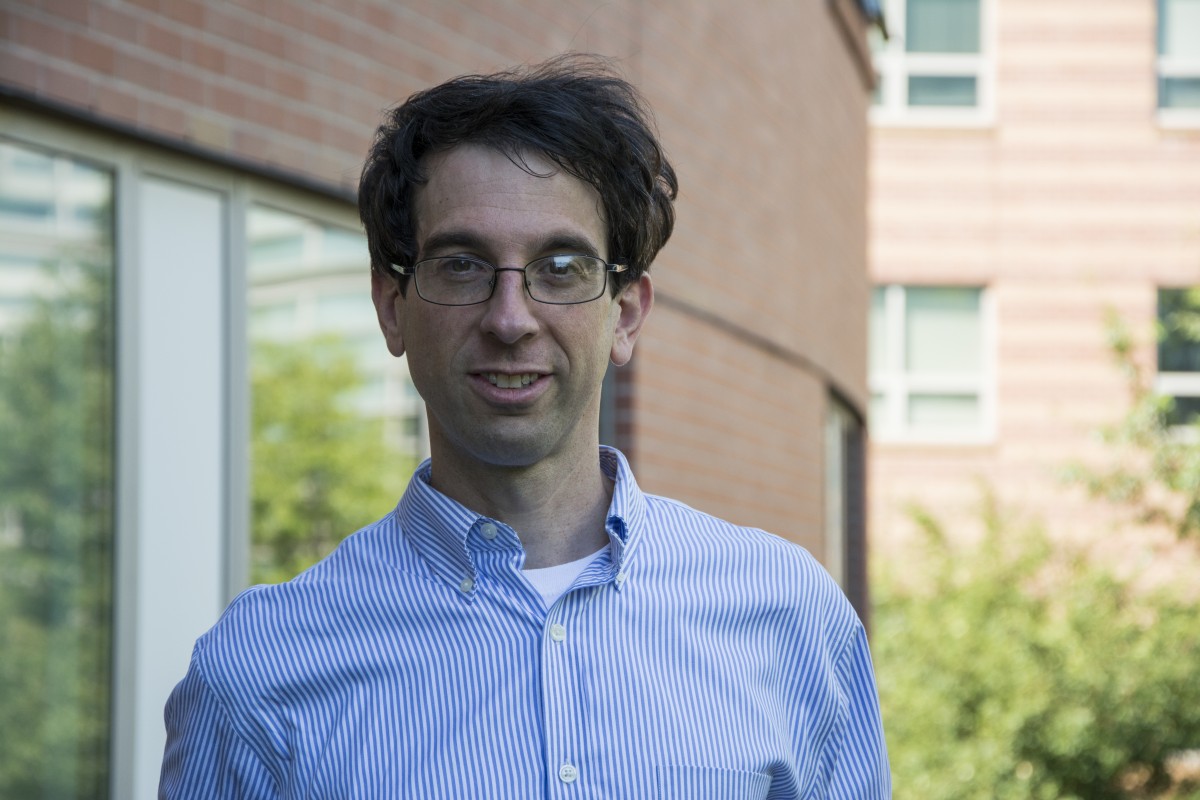Michael Tannebaum is a postdoctoral teaching associate in the Department of Communication Studies at Northeastern University. He joined the faculty in Fall 2015 after receiving his Ph.D. in Public Communication from Georgia State University.
Michael’s research interests lie at the intersection of interpersonal and relational communication, public health, and social and behavioral psychology. His research interests are united by a desire to understand how communication influences individual and community health beliefs, attitudes, and behaviors. Most recently, his research focuses on the determinants of sexual health information seeking and communication among romantic partners. His work appears in publications such as Health Communication and Health Education Journal.
At Northeastern, Michael teaches classes in health communication and quantitative research methods. While earning his Ph.D., Michael taught classes in environmental communication, health communication, and speech at Agnes Scott College and Georgia State University.
Can you talk a little bit about your experience as a reporter and how you use this in your teaching methods?
As a reporter, I learned that people have a variety of preferences for how news is delivered (e.g., print, web, broadcast) and the ways in which a story is told. As a teacher, I’ve noticed a parallel in that students have different preferences for how they learn – whether that be through lectures, discussions, collaborations, or demonstrations, for example. I try to cater my teaching style to students’ preferences and utilize a variety of methods to engage students with the material.
What is your primary research interest and what kinds of projects do you have in the works right now?
My primary research interests lie in understanding the psychosocial factors that motivate (or hinder) individuals from discussing sexual health issues and sexual histories with romantic partners. I’m currently researching how college students negotiate issues such as safe sex and sexually transmitted infections with romantic partners. The goal is to apply this research to aid in the development of health campaigns that promote partner communication.
“Thanks to the relatively small class sizes in the Communication Studies Department, I’m most excited about having the opportunity to work closely with students and have frequent class discussions and interactive lessons.”
What courses will you be teaching at Northeastern and what are you most looking forward to for this upcoming semester?
At Northeastern, I’ll be teaching two classes: Health Communication and Methods and Research in Communication. Thanks to the relatively small class sizes in the Communication Studies Department, I’m most excited about having the opportunity to work closely with students and have frequent class discussions and interactive lessons.


